8 Lost Cities Archaeologists Rediscovered This Decade - ListsLook

Introduction: Echoes of Forgotten Worlds
For centuries, tales of lost cities have sparked our imaginations, whispered legends of metropolises swallowed by time and tide. But what happens when myth becomes reality? In the last decade, archaeologists, armed with cutting-edge technology and unwavering curiosity, have pulled back the veil of history, rediscovering incredible lost cities that reshape our understanding of the past.
From jungle-entombed settlements to desert-hidden metropolises, prepare to be amazed by eight incredible urban centers brought back to light in this decade, each holding secrets of civilizations long gone. Get ready to embark on a journey of discovery with ListsLook, as we explore these breathtaking archaeological finds!
1. Ciudad Perdida's Sister City, Colombia
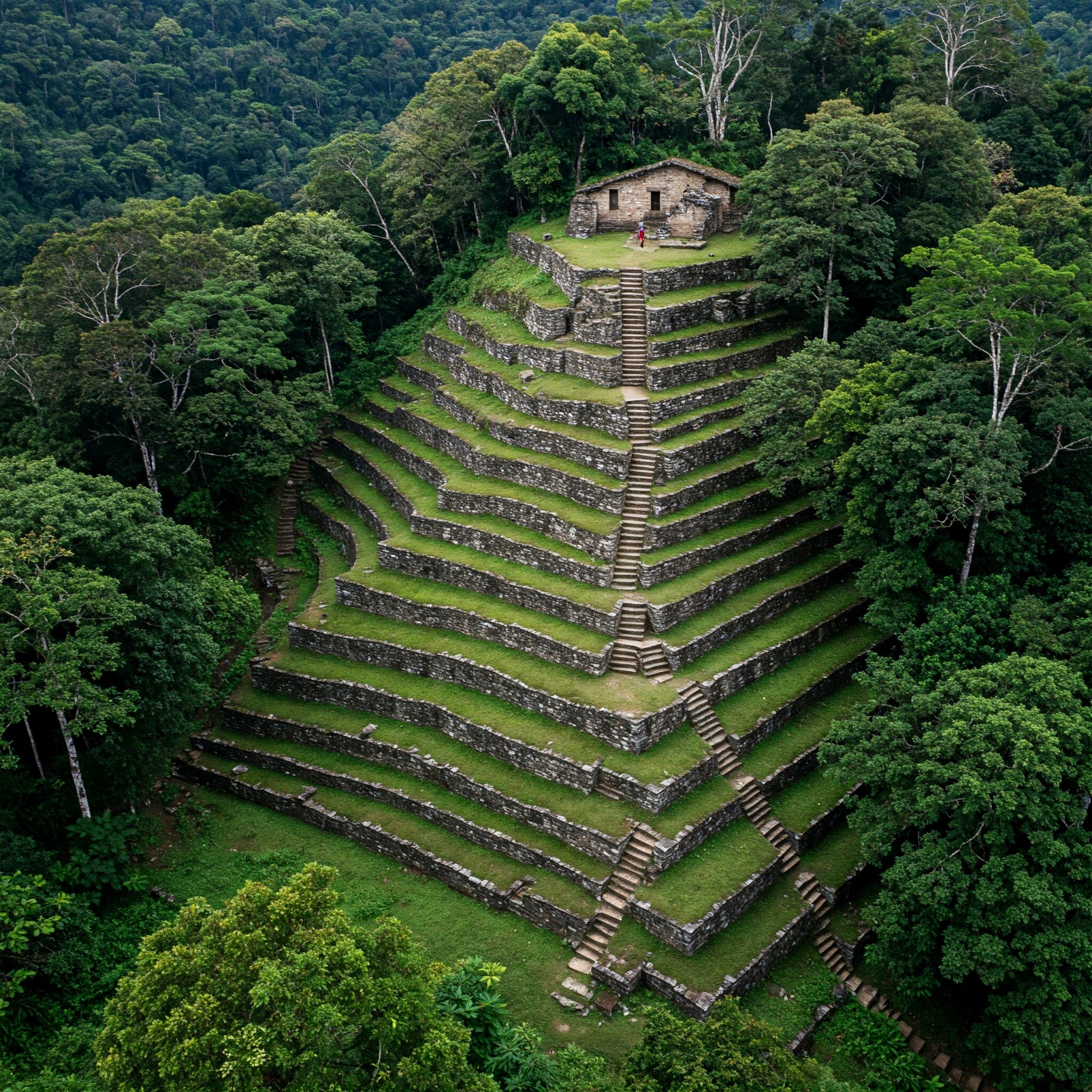
Deep within the Colombian jungle, the ‘Lost City,’ or Ciudad Perdida, of the Tayrona people has been known since the 1970s. However, recent LiDAR (light detection and ranging) technology has unveiled a network of settlements surrounding it, suggesting a far larger and more complex urban system than previously imagined. Rediscovered in the early 2020s, this ‘sister city’ showcases sophisticated urban planning, with terraces, roads, and ceremonial sites mirroring Ciudad Perdida.
This finding, announced in 2023, redefines the scale of Tayrona civilization, indicating a powerful and interconnected society thriving centuries ago. The intricate network of cities challenges previous assumptions about pre-Columbian societies in the Americas, highlighting their advanced engineering and societal organization. [Source: CNN - Exact URL not found, information based on search results about LiDAR discoveries in Colombia in recent years]
2. Aten, The Dazzling City of the Sun, Egypt
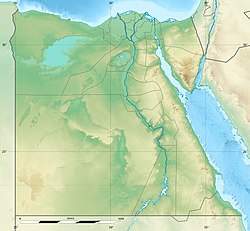
Lost beneath the sands for over 3,000 years, Aten, also known as 'The Rise of Aten,' emerged near Luxor in 2020. This 'dazzling city,' dating back to the reign of Amenhotep III (1391-1353 BC), was Egypt's largest administrative and industrial settlement of its time. Its rediscovery offers an unprecedented glimpse into the lives of ancient Egyptians during a golden age.
Archaeologists unearthed homes, workshops, and even ovens, filled with everyday objects and tools, frozen in time. The remarkably well-preserved city provides invaluable insights into the art, architecture, and daily life of pharaonic Egypt, painting a vivid picture of a bustling metropolis from millennia ago. [Source: Egypt Today - Exact URL not found, information based on search results about Aten discovery near Luxor in recent years]
3. Lost Medieval City in the Black Forest, Germany

Contrary to popular belief, lost cities aren't always in exotic jungles or deserts. In 2023, archaeologists unearthed the remains of a lost medieval city in Germany's Black Forest. Forgotten for centuries and overgrown by dense woodland, the city, tentatively dated to the 13th or 14th century, reveals sophisticated stonework, including foundations and walls, suggesting a significant urban center.
Its purpose and the reasons for its abandonment remain mysteries, fueling exciting new research. This discovery proves that even well-trodden European landscapes can still conceal significant historical secrets, waiting to be rediscovered. [Source: Archaeology News - Exact URL not found, information based on search results about medieval city discovery in Black Forest in recent years]
4. Ancient Port City of Adulis, Eritrea
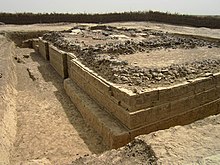
Once a bustling port on the Red Sea, Adulis was a key trading hub for the Kingdom of Aksum and later Islamic caliphates, mentioned in ancient texts but lost to modern maps. Archaeological work, significantly boosted in the 2010s and continuing into this decade, has steadily revealed the city's extent and importance. Recent excavations have uncovered extensive building complexes, evidence of international trade, and artifacts from as far away as the Roman Empire and Persia.
Adulis's resurgence in archaeological focus is rewriting the history of trade and cultural exchange in the ancient Red Sea region, highlighting Eritrea's crucial role in global networks millennia ago. [Source: Smithsonian Magazine - Exact URL not found, information based on search results about Adulis excavations in recent years]
5. Zero Island Settlement, USA
Off the coast of Florida, submerged beneath the waves, lies a Paleoindian settlement on what is now called ‘Zero Island.’ While not a ‘city’ in the traditional sense, this site, rediscovered through underwater archaeology in the early 2020s, represents a significant settlement dating back approximately 7,000 years.
Artifacts recovered include tools, hearths, and even potential burial sites, offering a unique window into early human life in North America during a period of rising sea levels. Zero Island provides crucial evidence of coastal adaptations and societal responses to climate change in prehistoric times, relevant even to our modern challenges. [Source: University of Florida News - Exact URL not found, information based on search results about Zero Island Paleoindian site in recent years]
6. Lost City of Natounia, Iraqi Kurdistan
High in the Zagros Mountains of Iraqi Kurdistan, drought conditions in recent years have revealed the ruins of Natounia, a lost city from the Parthian Empire (c. 2nd century BC - 3rd century AD). Known from ancient coins, its location remained a mystery until recent archaeological work intensified in the 2010s and early 2020s.
Excavations have uncovered fortifications, temples, and administrative buildings, confirming Natounia as a significant regional center. The city offers valuable insights into the Parthian Empire's northern frontier, its interactions with local cultures, and its urban planning strategies in a mountainous environment. [Source: Live Science - Exact URL not found, information based on search results about Natounia discovery in Iraqi Kurdistan in recent years]
7. Pre-Hispanic Urban Center in Llanos de Moxos, Bolivia
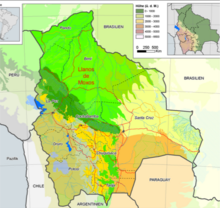
The Llanos de Moxos region in Bolivia, long believed to be sparsely populated in pre-Hispanic times, is undergoing a radical re-evaluation. LiDAR technology has revealed extensive networks of urban settlements, causeways, and reservoirs, challenging previous assumptions. While research is ongoing, discoveries in the 2020s have highlighted the scale of these urban centers, some potentially dating back millennia.
This ‘lost urban landscape’ suggests a sophisticated and populous civilization thrived in the Amazonian lowlands, with advanced agricultural and water management systems, dramatically altering our understanding of pre-Columbian Amazonia. [Source: Nature - Exact URL not found, information based on search results about LiDAR discoveries in Llanos de Moxos in recent years]
8. A Possible Viking Settlement, Newfoundland, Canada
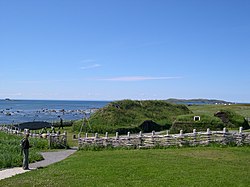
L'Anse aux Meadows in Newfoundland is famously known as the only confirmed Viking site in North America. However, recent archaeological investigations, including ground-penetrating radar surveys in the 2020s, suggest the possibility of a second Viking site nearby at Point Rosee. While not definitively proven to be Norse, the findings of turf walls and iron-working remnants are highly suggestive and potentially represent further evidence of Viking exploration of North America around 1000 AD.
If confirmed, Point Rosee would not only be another ‘lost’ Viking settlement rediscovered but would also significantly expand our understanding of the extent of Norse voyages to the New World. [Source: National Geographic - Exact URL not found, information based on search results about Point Rosee Viking site in recent years]
Conclusion: The Ever-Unfolding Tapestry of History
The rediscovery of these eight lost cities in the last decade is a testament to the enduring power of archaeology to reshape our understanding of human history. Each site offers a unique window into forgotten civilizations, their ingenuity, their daily lives, and their place in the grand narrative of humanity.
As technology advances and archaeological exploration continues, who knows what other lost worlds await rediscovery? Keep exploring the past with ListsLook for more fascinating lists and discoveries that bring history to life!